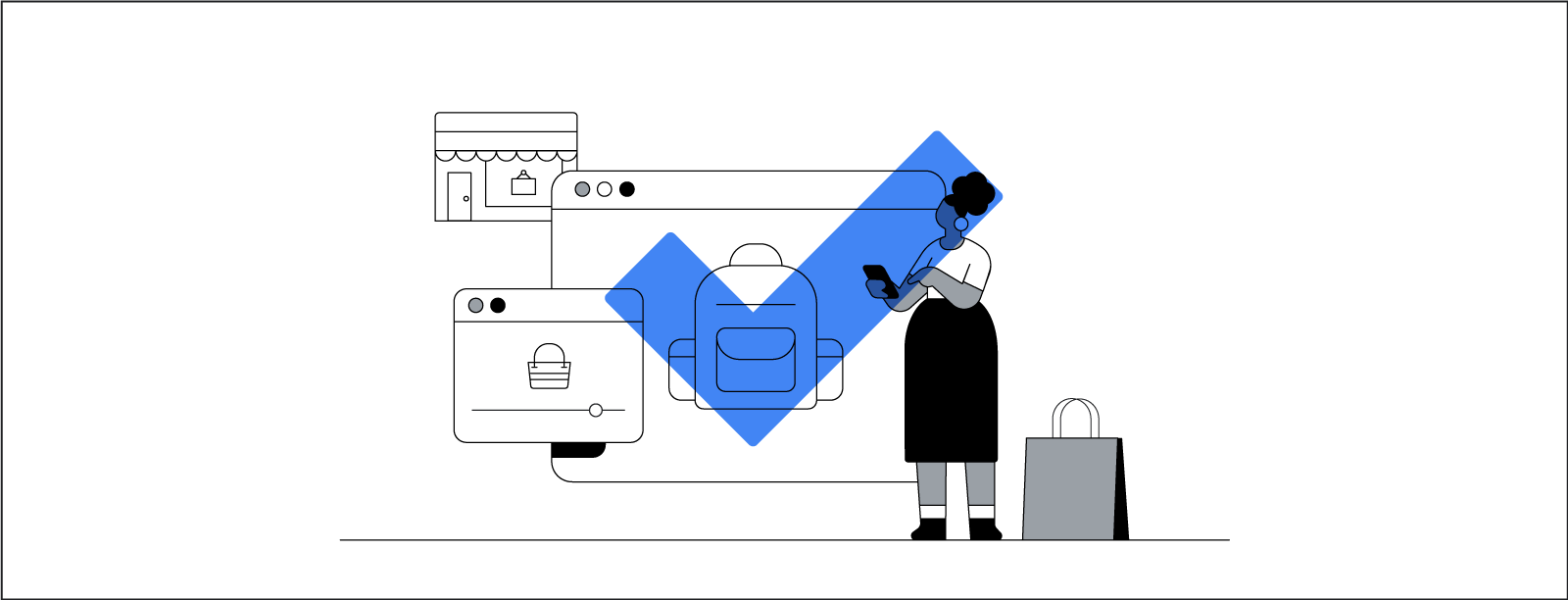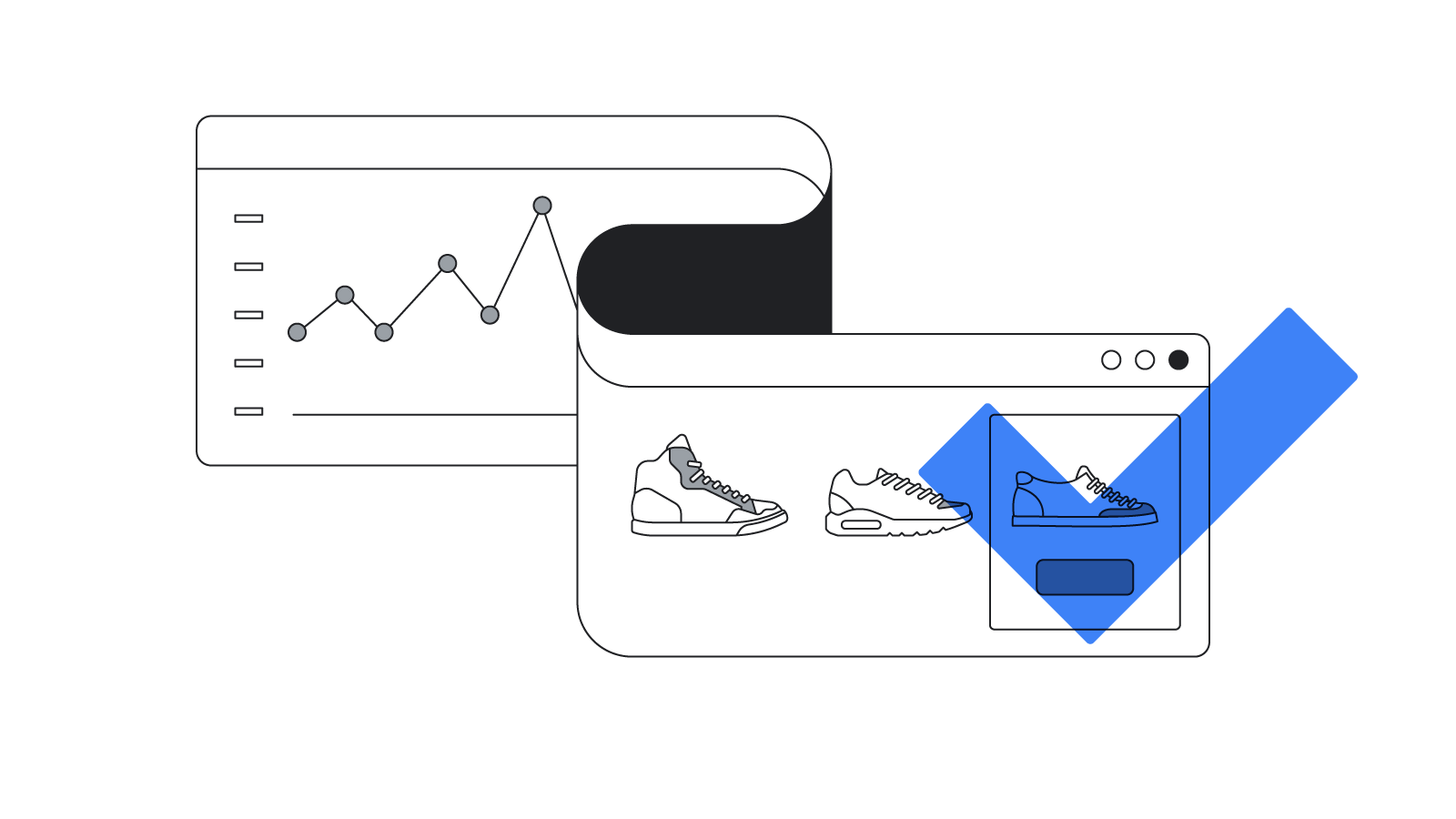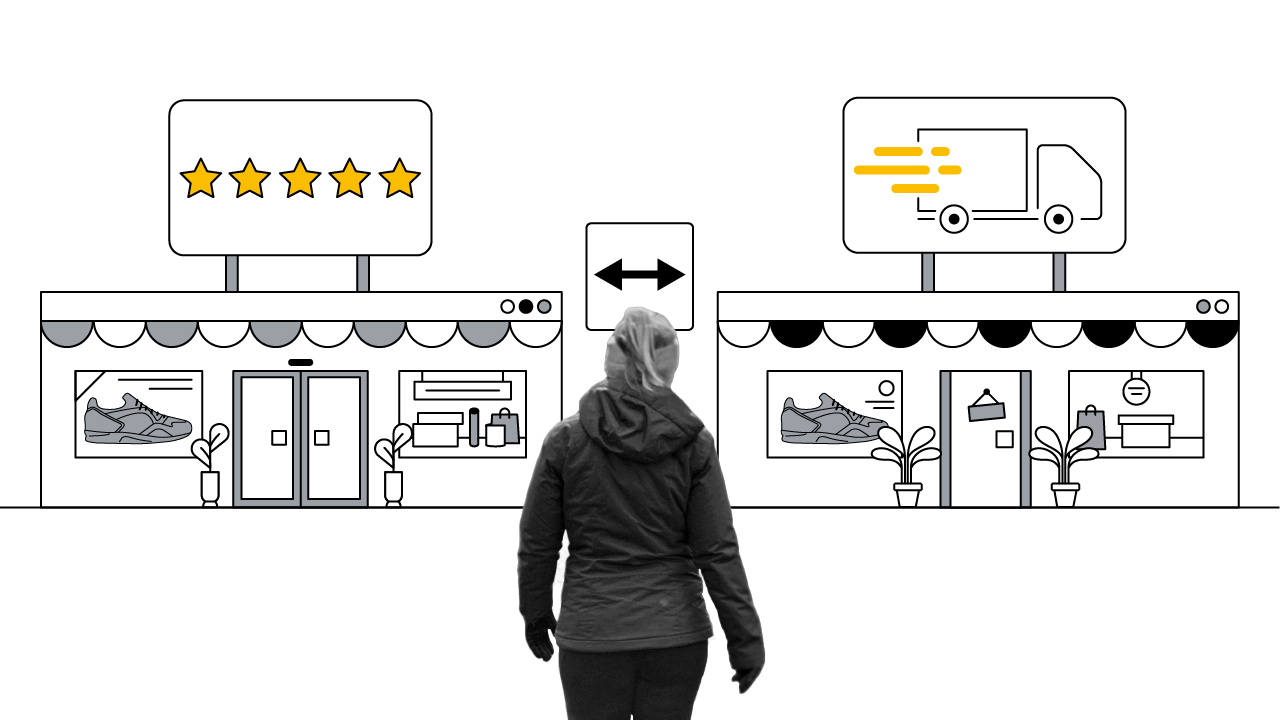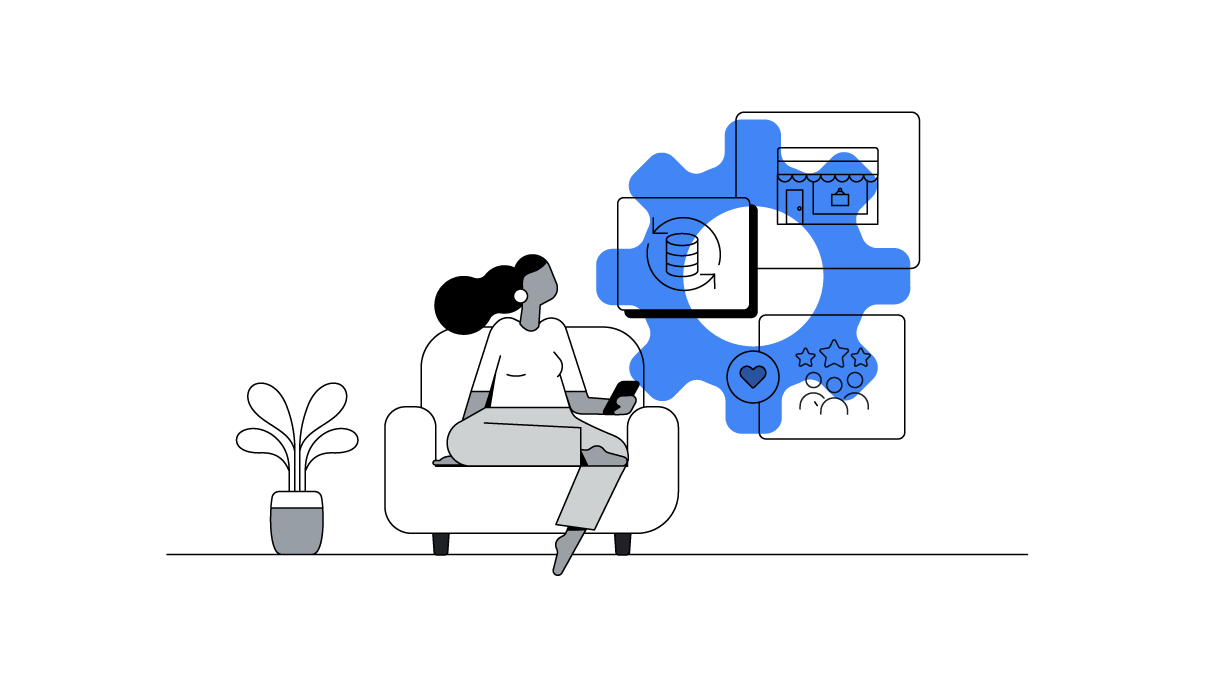
Srinivasan Rajamanickam, senior director of global technology strategy, architecture, and innovation at Coach, shares how the fashion brand rallied technical and nontechnical teams around a shared API-first mindset to deliver a frictionless customer experience.
Delivering a seamless customer experience is critical to our success at Coach. As a large company that operates nearly 1,000 retail boutiques and outlets across the world, in addition to digital stores, we know how important it is to create a continuous experience for our customers wherever they interact with us. Today, that’s mainly on mobile.
Like many large retailers, our customers have increasingly turned toward e-commerce during the pandemic. It’s our responsibility to provide them with a delightful digital experience. However, with so many platforms, measuring the entire user journey has grown much more complex. Without a unified view of our customers, we can’t know how they’re interacting with our products or what they really need.
That’s why, last April, we set out to unify our data via a shared application programming interface (API). A shared API could act as a single source of truth for all of our teams, allowing us to harness our customer journey insights, deliver the best possible mobile experience, and prepare for what’s next.
Here’s how we combined our measurement sources to not only improve the customer experience holistically but boost performance and increase conversion rates.
Use a shared API to break down data silos
Imagine you want to buy the latest handbag at your favorite store. You check the website to verify it’s in stock locally. But, when you visit, it’s not available as indicated online. When you ask the sales associates, they spend an excessive amount of time searching for the missing inventory. Finally, they offer to place an online order for you. You leave disappointed, without the handbag that you wanted.
This is how data silos can disrupt the customer journey and hinder businesses from getting the right answers to important questions. Breaking down data silos means making the right information accessible to the people who need it, whether that’s a marketer creating campaigns for different customer segments, a sales associate checking inventory, or a customer looking for the latest promotions.
At Coach, the pandemic-accelerated shift to mobile showed us how disjointed the overall shopping experience had become for our customers. To figure out how to improve the process, we had to first dismantle our data silos. A shared API allowed us to identify a single source of truth for our data and extract critical insights, which all our cross-functional teams could use to ensure a smooth customer journey. Shifting to an API-first mindset meant everyone, from product to marketing, was working together toward the same KPIs using the same data. It was a game-changer.
Data silos can disrupt the customer journey and hinder businesses from getting the right answers to important questions.
Give customers what they ask for
Unifying our data also meant we didn’t need to work twice as hard to measure what worked and what didn’t. As a result, we had more opportunity to innovate for our customers.
For example, when customers asked for faster, easier ways to shop and view local product availability, we invested in progressive web apps (PWAs), allowing people to check in-store inventory and prices using their mobile browsers. PWAs offered several key advantages: They’re lightweight, app-like, load quickly, and work the same across major mobile platforms. They’re also easy to develop and maintain.
Because our technical and nontechnical teams were collaborating based on a single source of data, we were able to build and pilot our first PWA in four stores in just six weeks, leading to a strong increase in customer engagement. As of today, we have rolled out PWAs for all 193 of our outlet stores.
On top of that, our API enabled us to unify measurement data across our PWA, mobile sites, and physical stores. With our API-first model, we can collapse the customer journey and analyse it holistically. It’s been instrumental to building a seamless experience for our customers too.
Today, anyone can walk into a Coach store, scan a QR code on a retail display, and get instant, reliable information about the product they’re looking at. They can create wish lists on the fly as they shop, or access one they’ve already created online. And instead of checking stock or calculating prices, sales associates have the freedom to recommend products to complement the ones shoppers are interested in.
Unifying our data meant ... we had more opportunity to innovate for our customers.
Remove frictions with an API-first approach
The API-first model is accelerating our ability to test and learn new capabilities with quick speed-to-market. This holiday season and beyond, as we approach store reopenings, we’re focused on removing frictions and creating a more modern and convenient customer journey by integrating digital experiences.
Ultimately, adopting an API-first approach has changed how our technical and nontechnical teams interact. They each have a deeper understanding of what APIs can do and can speak intelligently about the capabilities we have. Internal teams communicate better. Ideas come to life faster. And that leads to frictionless experiences for our customers, wherever they are in the journey.





